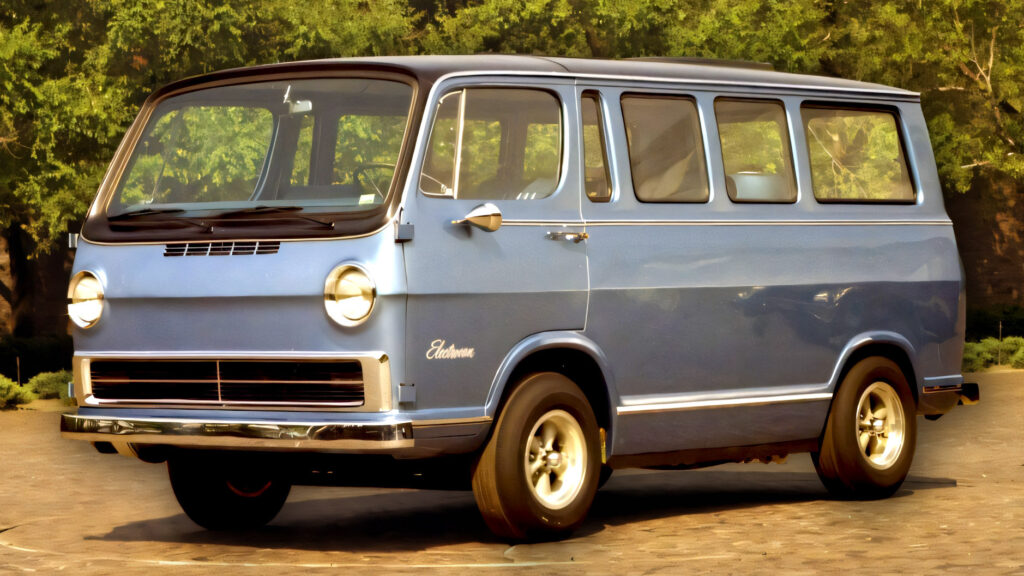Fuel Cells in the ’60s

Back in the 1960s, while NASA was busy sending Apollo missions to the moon using innovative fuel cell technology for power, General Motors (GM) was exploring the same technology for terrestrial use. GM’s experimentation with hydrogen fuel cells during that decade laid some intriguing groundwork for the development of alternative powertrains. NASA relied on fuel cells as they could efficiently convert hydrogen into electricity necessary to meet the Apollo modules’ demands.
GM’s Experimental Leap
GM’s attempt was ambitious. They took a Handi-Bus, originally a full-sized, economically-minded van, and transformed it into a hydrogen-powered marvel dubbed the Electrovan. The technology behind it was created in collaboration with Union Carbide. Unfortunately, fitting the required equipment in a compact vehicle like the Corvair wasn’t feasible, so the larger Handi-Bus was selected. Though, the technology’s sheer scale drastically altered the van’s capacity and weight.
Size and Performance
The Electrovan weighed a hefty 7,100 pounds, with over half of that being attributed to the hydrogen fuel cell system alone, which contained cumbersome tanks of hydrogen and oxygen. This massive setup could only accommodate two seats. Its performance was modest at best, taking about 30 seconds to accelerate from 0 to 60 mph. Even so, the estimated range was around 150 miles. It’s worth noting that during one test, a fuel tank explosion caused quite a spectacle, sending debris a quarter mile away.
Not Meant for Production
The Electrovan was never intended for mass production but was a bold proof-of-concept that fueled further innovation. Its creation demonstrated the potential of hydrogen fuel cells and paved the way for more compact systems that could use atmospheric oxygen, eschewing the bulky tanks.
Decades later, GM remains a fierce competitor in the realm of fuel cells, asserting that their Hydrotec systems could dominate in heavy-duty vehicles like Komatsu’s mammoth mining trucks, where hydrogen outmatches conventional battery setups due to efficiency and practicality for grand scales.
Driving Impressions
Although driving the Electrovan would be an experience in automotive history rather than performance, it provides an invaluable perspective on innovation. Think of it like riding a museum piece; it isn’t about the thrill of speed but rather the awe of engineering creativity. Unlike GM’s early battery EVs or modern electric cars, the Electrovan was a slow mover with a purpose beyond mere transportation.
This grand old experiment exhibits how far technology has traveled, shaping modern hydrogen vehicles. While battery electrics rule passenger car sectors, hydrogen has carved its niche in commercial and heavy-duty applications—a testament to its enduring legacy.
Toyota Century V12
Subaru's EV Gamble
Nissan Juke Goes Electric
Bentley Azure Bliss
EQS SUV Drives Luxury